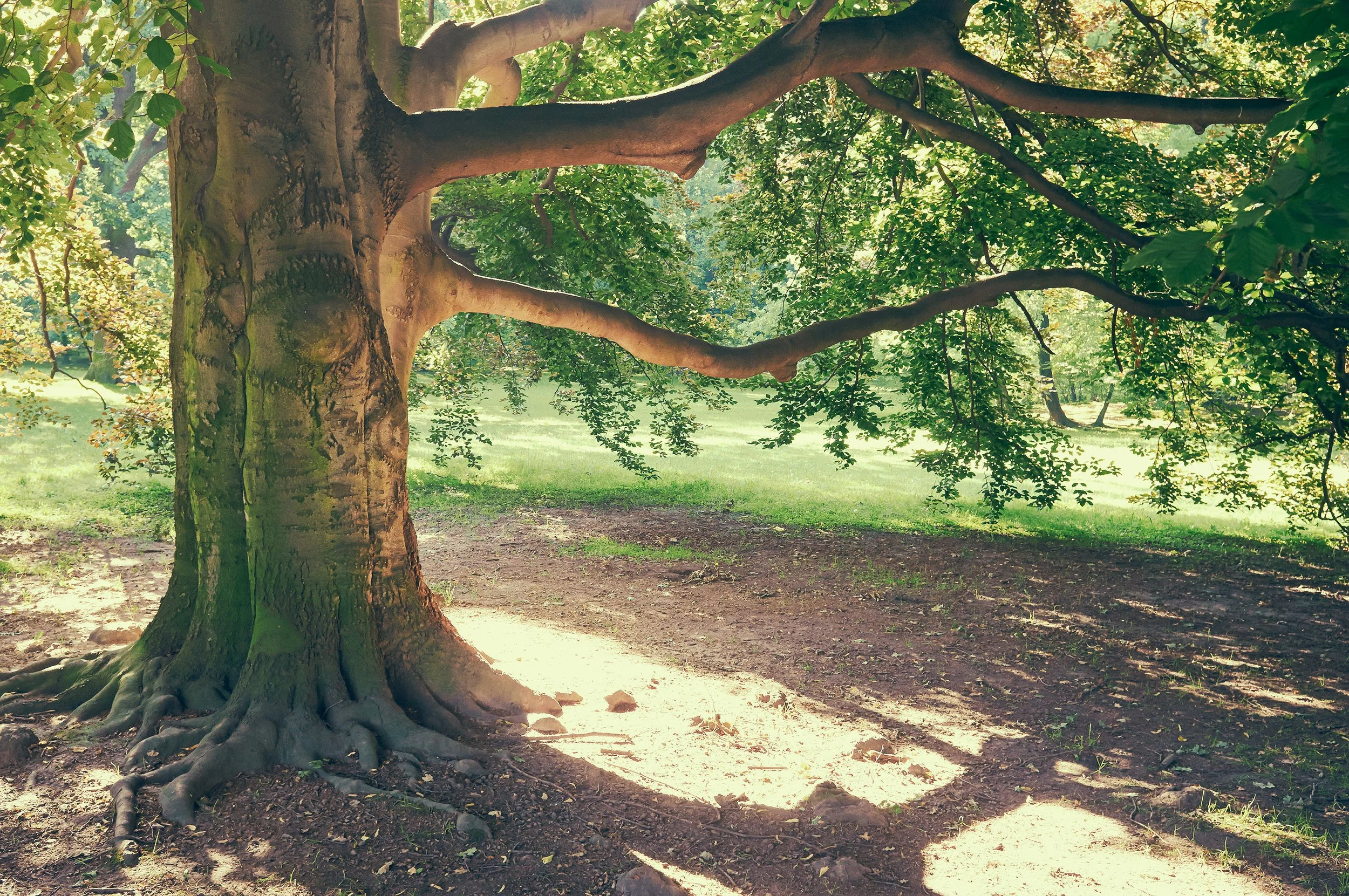
Oakland & Her Roots
Oakland Manor House stands on layered ground.
Ten thousand years before any porch looked over Lake Apopka, people were already here. The first human communities along this water fished, grew food, and built villages. Later, the Timucua lived on these shores. They planted corn, squash, and gourds. They gathered coontie roots for starch. They made pottery so refined that it was called some of the finest east of the Mississippi. By the time Europeans arrived, as many as 150,000 Timucua speakers lived across north and central Florida, including the southern edge of Lake Apopka.
Disease, forced missionization, raids, and removal nearly erased them within two centuries. The people who survived were pushed farther south and, over generations, became part of what we now call the Seminoles, a culture born from persistence. The U.S. government then spent decades trying to force even the Seminoles off this land, too. Some were killed. Some were shipped west. A small number remained in Florida anyway, refusing to disappear.
By the 1850s, white settlers began carving plantations into the south shore of Lake Apopka. They brought enslaved people, about one hundred souls at first, and forced them to cut pine, clear hammocks, and plant cane, corn, cotton, and eventually citrus. Oakland’s early wealth was built on that labor. After the Civil War, many of those same Black families stayed and built their own communities, working groves, running mills, and feeding everyone else.
In 1886, the railroad came to Oakland, and for a moment, this little town felt like the center of the world. There was an opera house. A social club. A hotel. A hospital. Weddings and rail men and citrus money. Then came freezes, fire, and collapse; the town shrank, and the ones who stayed learned resilience.
Lake Apopka, once so clear that people said you could look down and pick the fish you wanted, was dredged, drained, and poisoned in the name of profit. Now, at last, she’s being restored.
This grand home, which would one day become OMHouse, was likely built between 1901 and 1903 by the Williams family, rising at the edge of a new century yet anchored in a far older story, one shaped by Indigenous endurance, stolen labor, citrus fortune, collapse, and stubborn rebirth.
The ground here remembers.
And into this quiet, time-worn landscape stepped a woman who would turn the whole world of this house and community on its head.
A force of music, dance, audacity, compassion, and unrestrained generosity swept onto the scene in 1910.
She dazzled, disrupted, and lifted the town in equal measure. As Eve Bacon wrote in Oakland: The Early Years,
“Miss Grace hit staid little Oakland like a social bombshell.”

